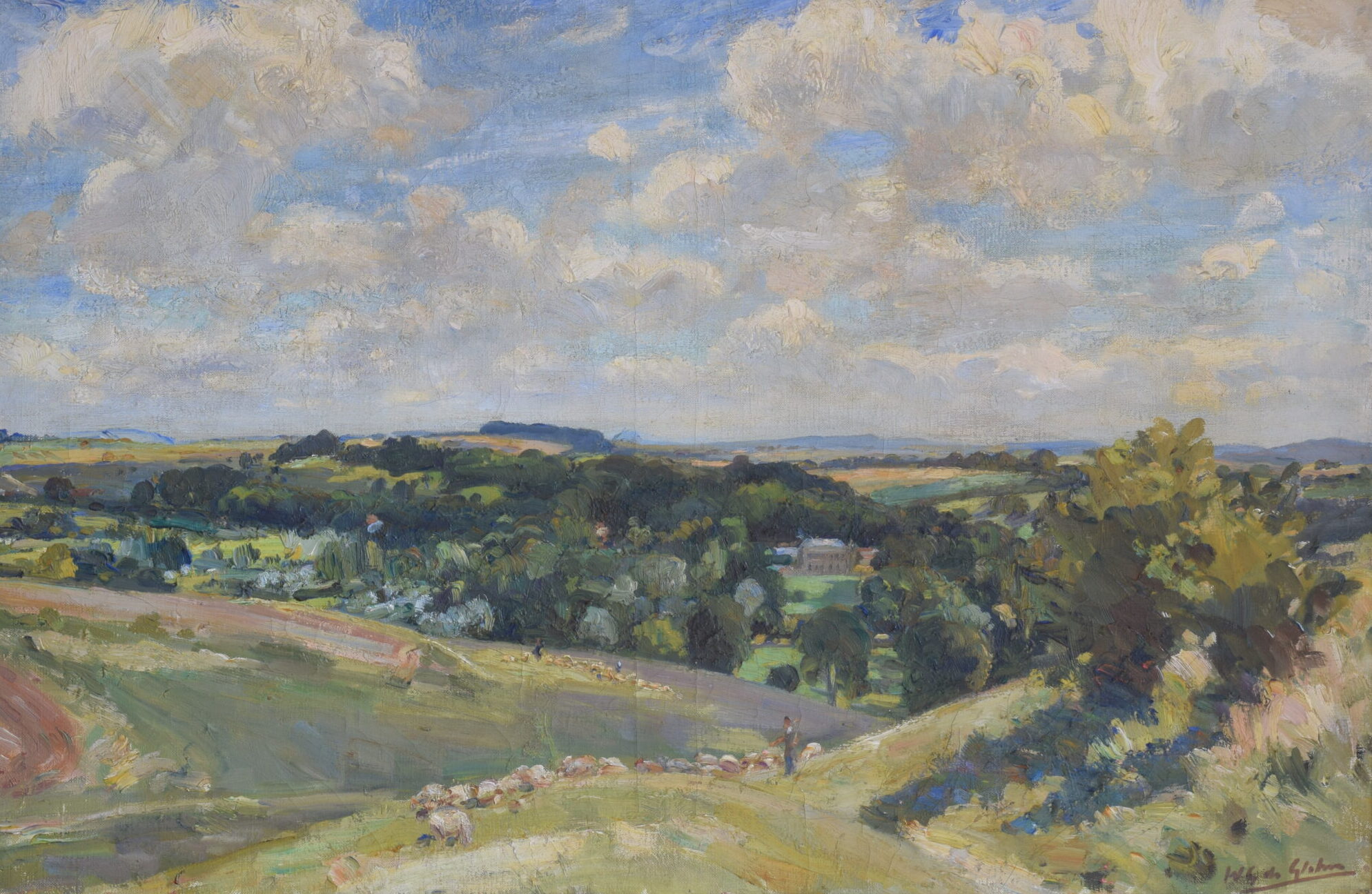Wilton Hanging Bowl
This bowl was discovered in about 1860 midway between Wilton House and Kingsbury Square, Wilton. It is thought to be of British post-Roman workmanship, dating to around 450AD. It is made from copper alloy, but tests show that the metal also contains a small amount of gold.
Four plates (escutcheons) are attached to the body of the bowl. Each one is decorated with a simple cross design. There are hooks attached to the escutcheons shaped like dragons’ heads and the copper alloy rings attached to each hook were used for suspending the bowl.
The use of hanging bowls is a mystery. They are often found in richly furnished graves with Anglo-Saxon objects although they are thought to be of British origin. They may have been used during religious ceremonies.
The Wilton Hanging Bowl is on loan from Wilton House.


